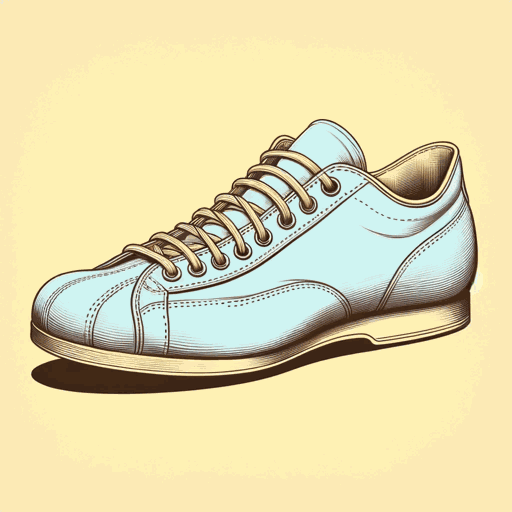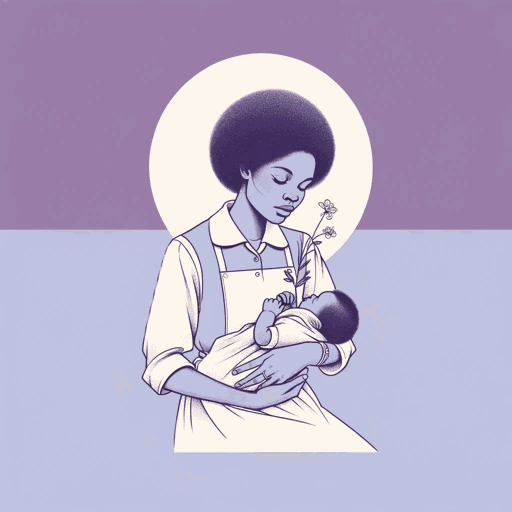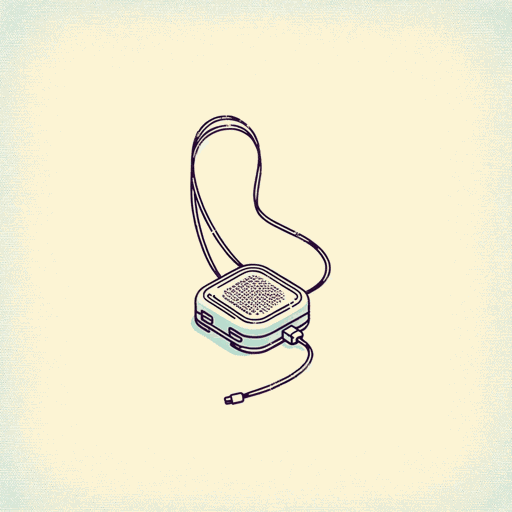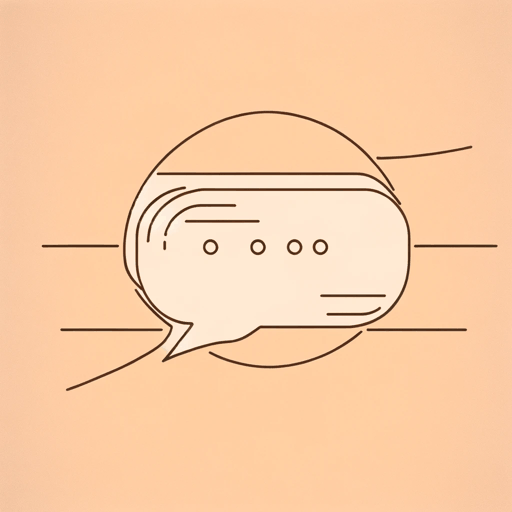52 pages • 1 hour read
George Jenkins, Rameck Hunt, Sampson Davis, Sharon M. DraperWe Beat the Street: How A Friendship Pact Led to Success
Nonfiction | Autobiography / Memoir | YA | Published in 2005A modern alternative to SparkNotes and CliffsNotes, SuperSummary offers high-quality Study Guides with detailed chapter summaries and analysis of major themes, characters, and more. For select classroom titles, we also provide Teaching Guides with discussion and quiz questions to prompt student engagement.
After Reading
Discussion/Analysis Prompt
Throughout We Beat the Street, drugs are a ubiquitous presence for each of the three boys while growing up in Newark. How do drugs serve as a powerful motif throughout the book? What do they represent, in a larger sense, about the boys’ lives and struggles?
Teaching Suggestion: Drugs come up in a variety of ways and settings throughout the book. There is the peer pressure from the three boys’ classmates to use drugs, as well as the allure of selling drugs to bring in quick money. The boys also encounter adults whose lives have been controlled and/or wasted by drugs, particularly Rameck, whose mother has a substance use disorder. In addition, the boys witness a slew of drug-related violence perpetrated by drug dealers. The presence of drugs—and those whose lives have been destroyed by drugs—serves as a reminder to the boys to find a way out of the cycle of poverty, drugs, and violence that traps so many of their peers and family members.
Activities
Use this activity to engage all types of learners, while requiring that they refer to and incorporate details from the text over the course of the activity.
Paying It Forward (Times Three)
In this activity, students will consider how the idea of “paying it forward” manifests within We Beat the Street and come up with strategies for paying it forward in their own lives.
Related Titles
By these authors

Blended
Sharon M. Draper

Copper Sun
Sharon M. Draper

Darkness Before Dawn
Sharon M. Draper

Fire from the Rock
Sharon M. Draper

Forged By Fire
Sharon M. Draper

Just Another Hero
Sharon M. Draper

Living and Dying in Brick City
Sampson Davis, Lisa Frazier Page

November Blues
Sharon M. Draper

Out of My Heart
Sharon M. Draper

Out of My Mind
Sharon M. Draper

Romiette and Julio
Sharon M. Draper

Stella by Starlight
Sharon M. Draper

Tears of a Tiger
Sharon M. Draper

The Battle of Jericho
Sharon M. Draper

